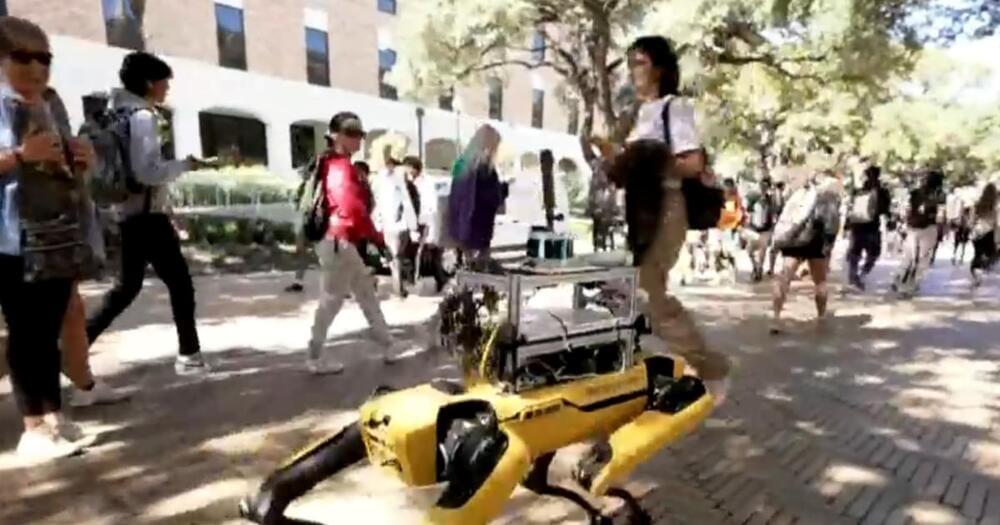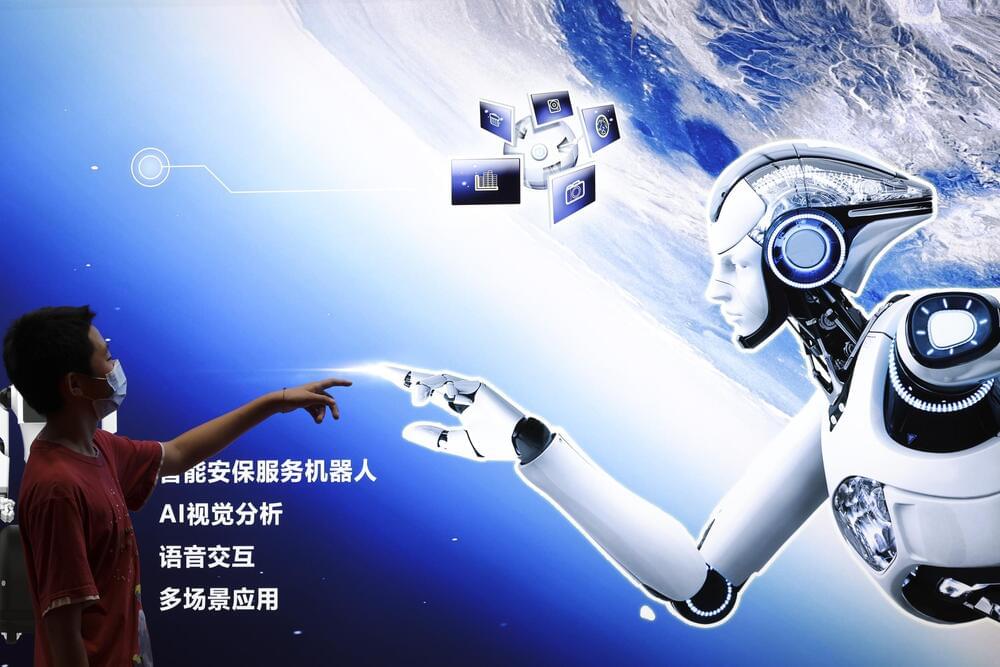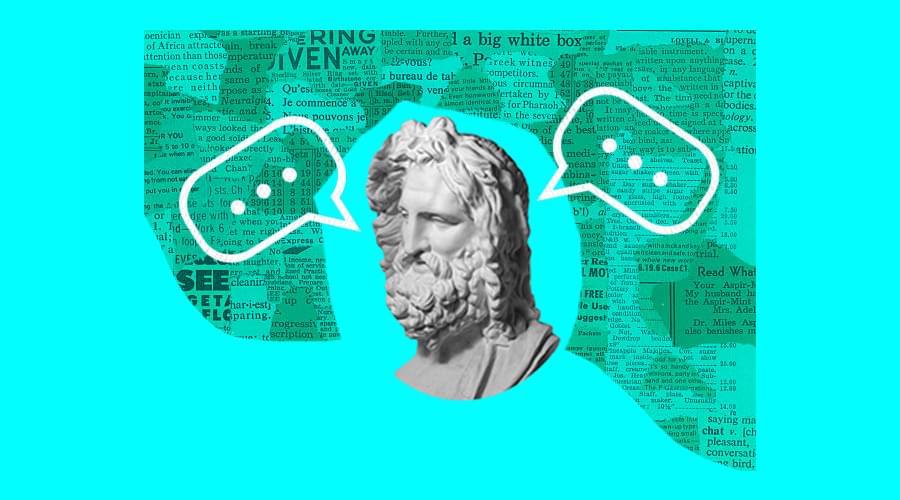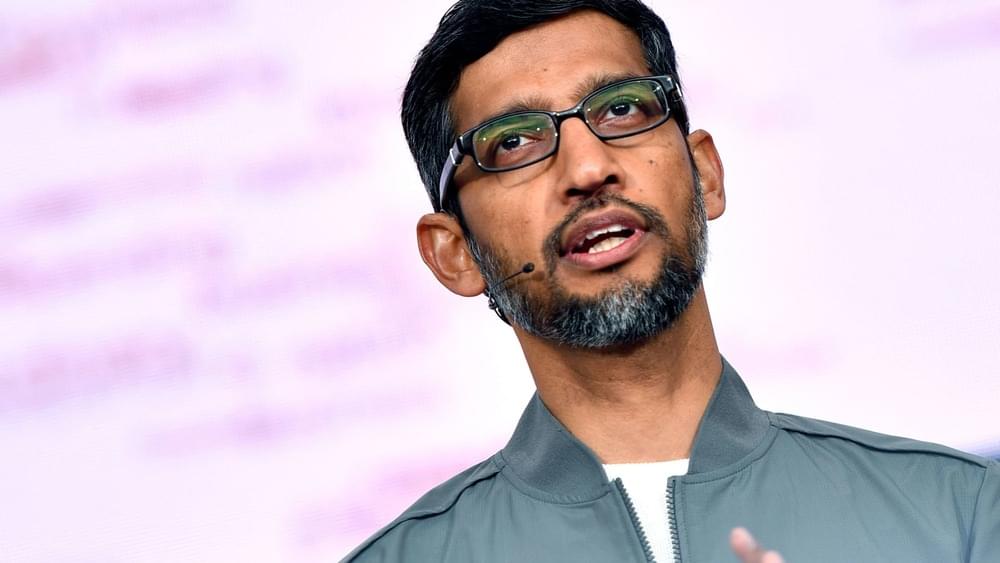Morgan Stanley says investors’ latest obsession is here to stay. “The AI hype is worth considering seriously.”




Google’s wannabe rival to ChatGPT is off to a shaky start after its launch video featured a glaring error about the JWST and exoplanets. As a result of the blunderin parent company Alphabet plunged by around $100 billion on Wednesday.
In a promo video posted on Wednesday, Googles’s new artificial intelligence (AI) chatbot, Bard, was asked to describe the discoveries made by JWST to a nine-year-old child. It replied that it was the first telescope to ever take pictures of a planet outside of the Solar System.
Unfortunately, however, that is not true.

A computing device that uses tiny magnetic swirls to process data has been trained to recognize handwritten numbers. Developed by RIKEN researchers, the device shows that miniature magnetic whirlpools could be useful for realizing low-energy computing systems inspired by the brain.
Our brains contain complex networks of neurons that transmit and process electrical signals. Artificial neural networks mimic this behavior, and are particularly adept at tasks such as pattern recognition.
But artificial neural networks consume a lot of power when run on conventional silicon chips. So researchers are developing alternative platforms that are specially designed for brain-inspired computing, an approach known as neuromorphic computing.

Here’s my new article for Newsweek. Give it a read with an open mind! The day of superintelligence is coming, and we can attempt to make sure humans survive by being respectful to AI. This article explores some of my work at Oxford.
The discussion about giving rights to artificial intelligences and robots has evolved around whether they deserve or are entitled to them. Juxtapositions of this with women’s suffrage and racial injustices are often brought up in philosophy departments like the University of Oxford, where I’m a graduate student.
A survey concluded 90 percent of AI experts believe the singularity—a moment when AI becomes so smart, our biological brains can no longer understand it—will happen in this century. A trajectory of AI intelligence growth taken over 25 years and extended at the same rate 50 years forward would pinpoint AI becoming exponentially smarter than humans.
An exploration of 8 New Alien Signal SETI Candidates and how they were detected through machine learning technology in previously collected data.
Event Horizon Interview with Dr. Jerry Ehman:
My Patreon Page:
https://www.patreon.com/johnmichaelgodier.
My Event Horizon Channel:
“I never painted dreams. I painted my own reality,” said Frida Kahlo, Mexico’s woman painter known for her many portraits, self-portraits, and works inspired by the nature.
The same cannot be said for the new artist-in-residence FRIDA at Carnegie Mellon University’s Robotics Institute, whose name is inspired by the Mexican artist. FRIDA is not an artist but a robotic arm equipped with a paintbrush that uses artificial intelligence to collaborate with humans on works of art. Just ask FRIDA to paint a picture, and it gets to work putting brush to canvas.
FRIDA stands for Framework and Robotics Initiative for Developing Arts. The project is led by Schaldenbrand with RI faculty members Jean Oh and Jim McCann and has attracted students and researchers across CMU.


Shares of Alphabet slid during the event, suggesting that investors were hoping for more in light of growing competition from Microsoft.
Google’s event took place just one day after Microsoft hosted its own AI event at its headquarters in Redmond, Washington. Microsoft’s event centered around new AI-powered updates to the company’s Bing search engine and Edge browser. Bing, which is a distant second to Google in search, will now allow users get more conversational responses to questions.
